
Need assistance?
Need Assistance? Call Us 0330 058 0631





















 Book a service
Book a service

05/03/2025 • by Chris Bird

While the law requires vehicle fire extinguishers in certain transport, others, though not legally obligated, are strongly advised to carry one. This guide breaks down the fire extinguisher requirements for different types of vehicles in the UK, including cars, taxis, buses, HGVs, and caravans. For more commercial vehicle guides, click here.
All vehicles should have a fire extinguisher, but certain types require them by law. Goods vehicles with a maximum weight over 3.5 tonnes must carry a fire extinguisher. Passenger vehicles with more than eight seats should have one as well. Additionally, tankers and vehicles carrying hazardous materials must be equipped with fire extinguishers. Always check regulations to ensure compliance.
Private vehicles are not legally required to carry a fire extinguisher in the UK.
However, it’s highly recommended for safety. Having a fire extinguisher can be vital in case of emergencies, especially for long trips or when driving in isolated areas. It’s always a good idea to be prepared.
Yes, taxis in the UK are required to carry a fire extinguisher. Taxis are generally required to have a 0.75 kg dry powder fire extinguisher. We sell these for less than £10.
This is part of the safety regulations to ensure passenger protection in case of a fire emergency. It's essential to consult your local council or licensing authority to determine the specific fire extinguisher requirements for taxis in your area.

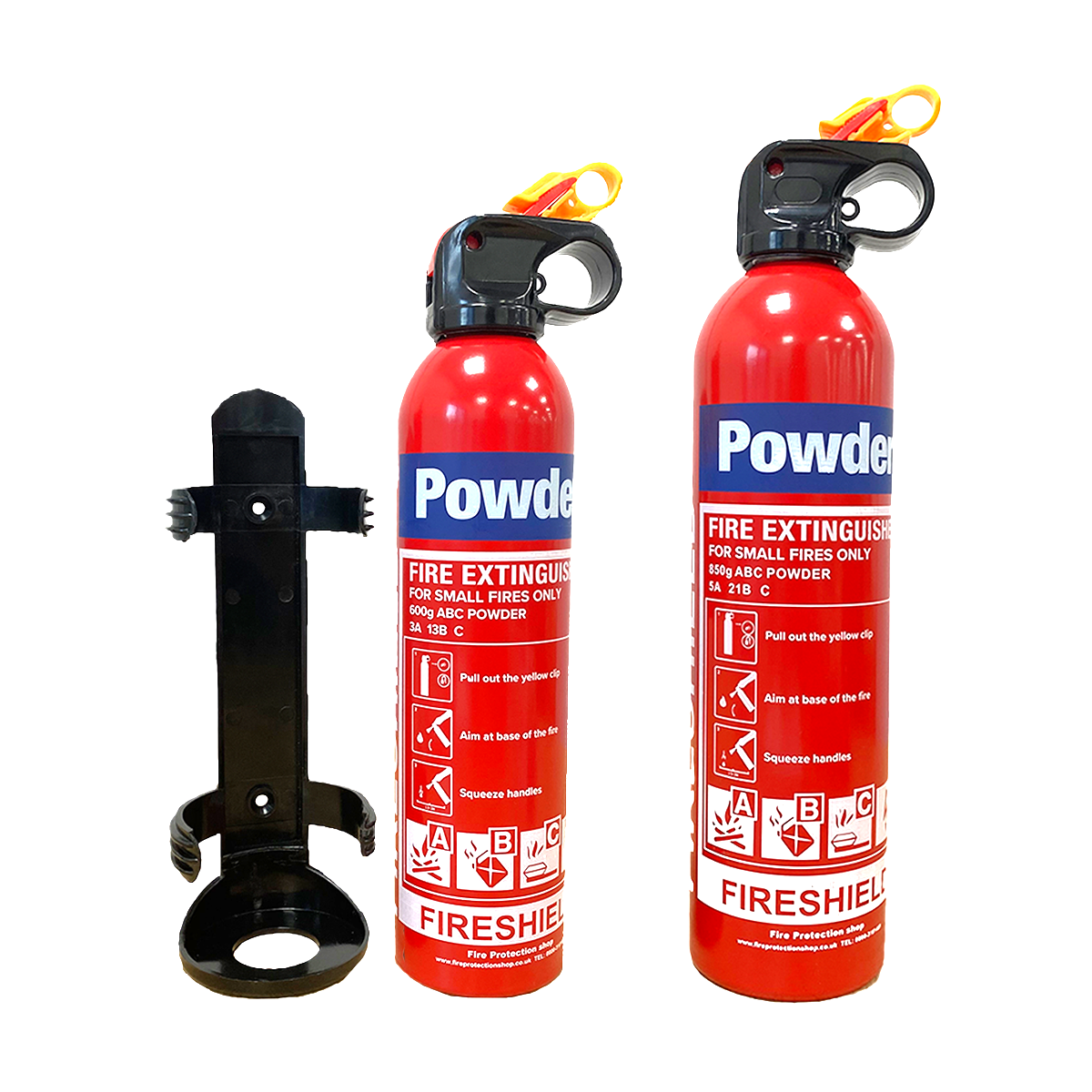
ex vat
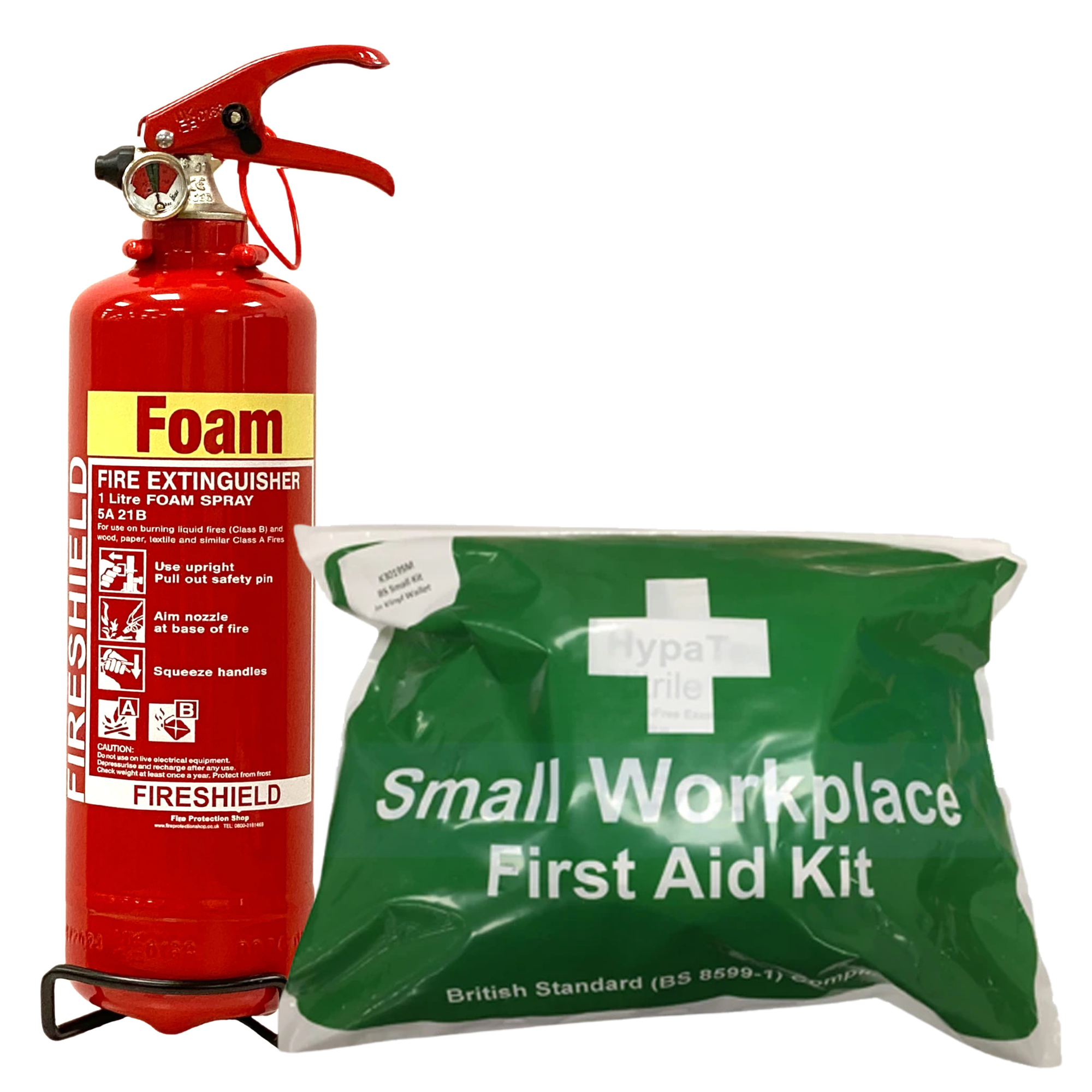
ex vat
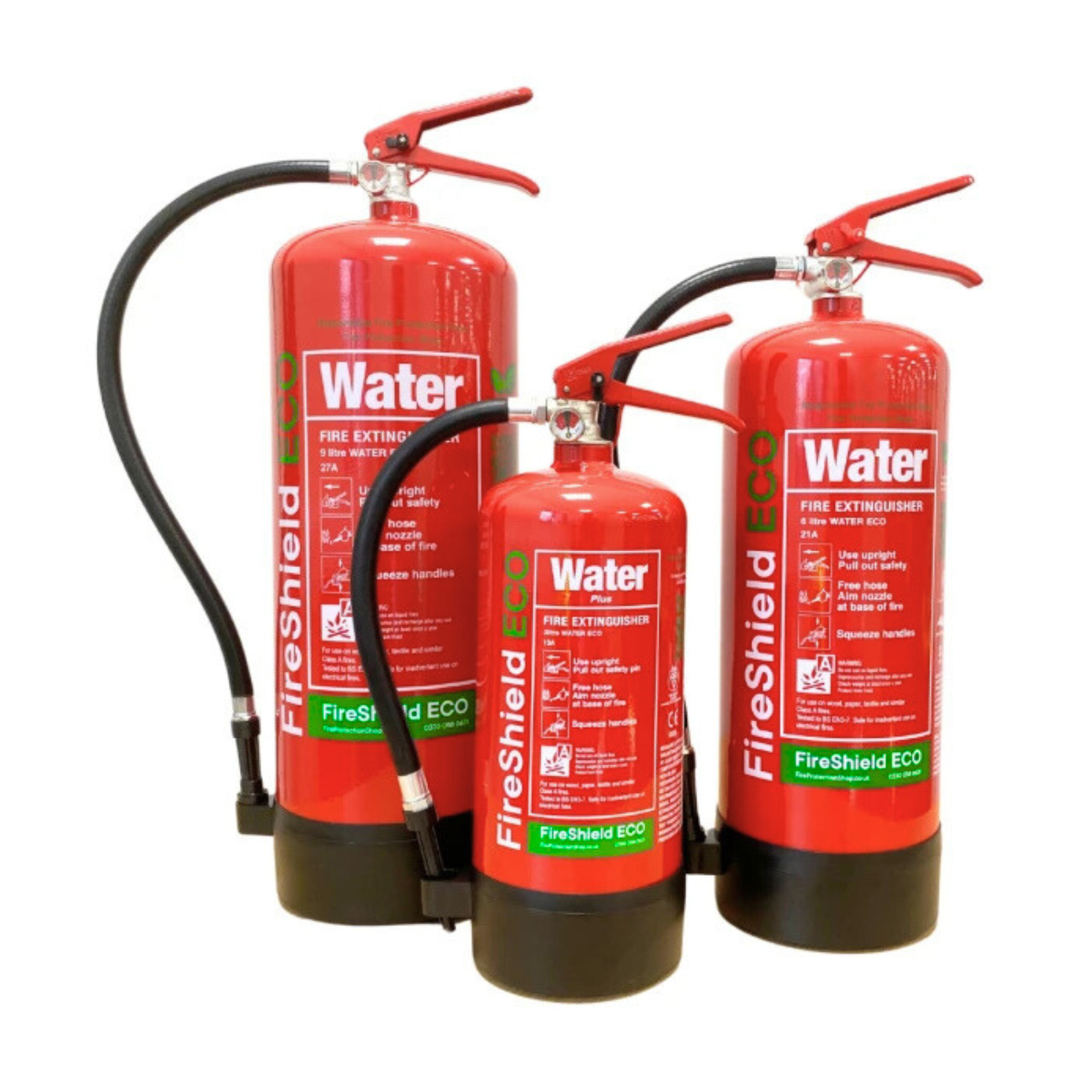
ex vat
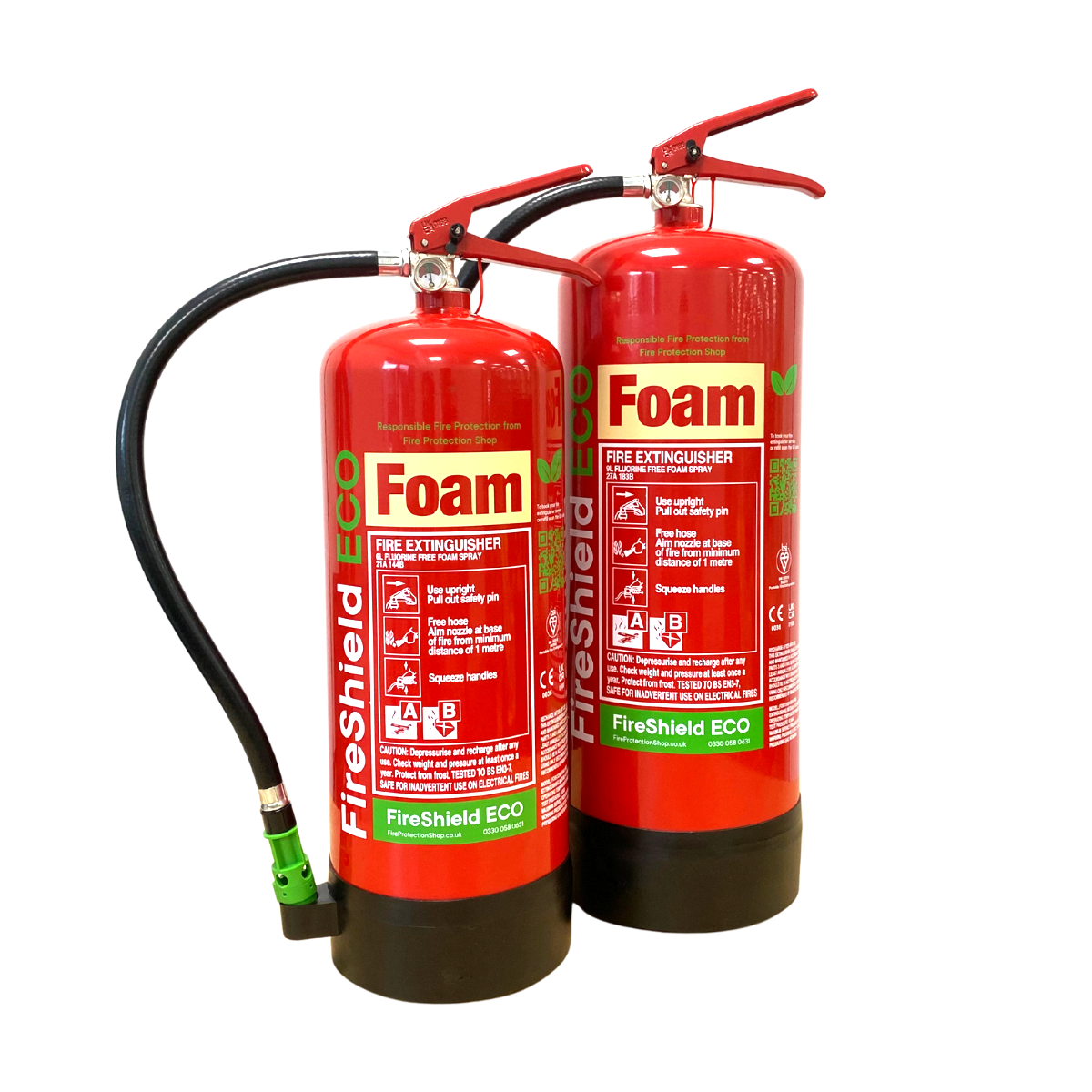
ex vat

ex vat
.png)
ex vat
Yes, buses in the UK are required to carry fire extinguishers. In the UK, buses and coaches are legally required to carry at least one portable fire extinguisher with a minimum test fire rating of 8A and 21B. This is often a 2ltr foam fire extinguisher.
For wheelchair-accessible vehicles, it's recommended to have at least two extinguishers.
Additionally, since July 2018, certain buses and coaches must have fire suppression systems installed in engine compartments, as per European UNECE Regulation 107.
Pre Registration Inspection for private buses and limousines guidance.

Yes, in the UK, Heavy Goods Vehicles (HGVs) are required to carry at least one fire extinguisher. The fire extinguisher must be a minimum 2kg dry powder or a 1.5kg foam extinguisher.
The extinguisher must be easily accessible, and the driver should be trained on how to use it properly.
In the UK, heavy goods vehicles (HGVs) carrying dangerous goods must comply with ADR regulations, which specify fire extinguisher requirements based on vehicle weight:
Up to 3.5 tonnes: At least one 2 kg dry powder extinguisher.
3.5 to 7.5 tonnes: Two extinguishers totalling at least 8 kg, with one being at least 6 kg.
Over 7.5 tonnes: Two extinguishers totalling at least 12 kg, with one being at least 6 kg.

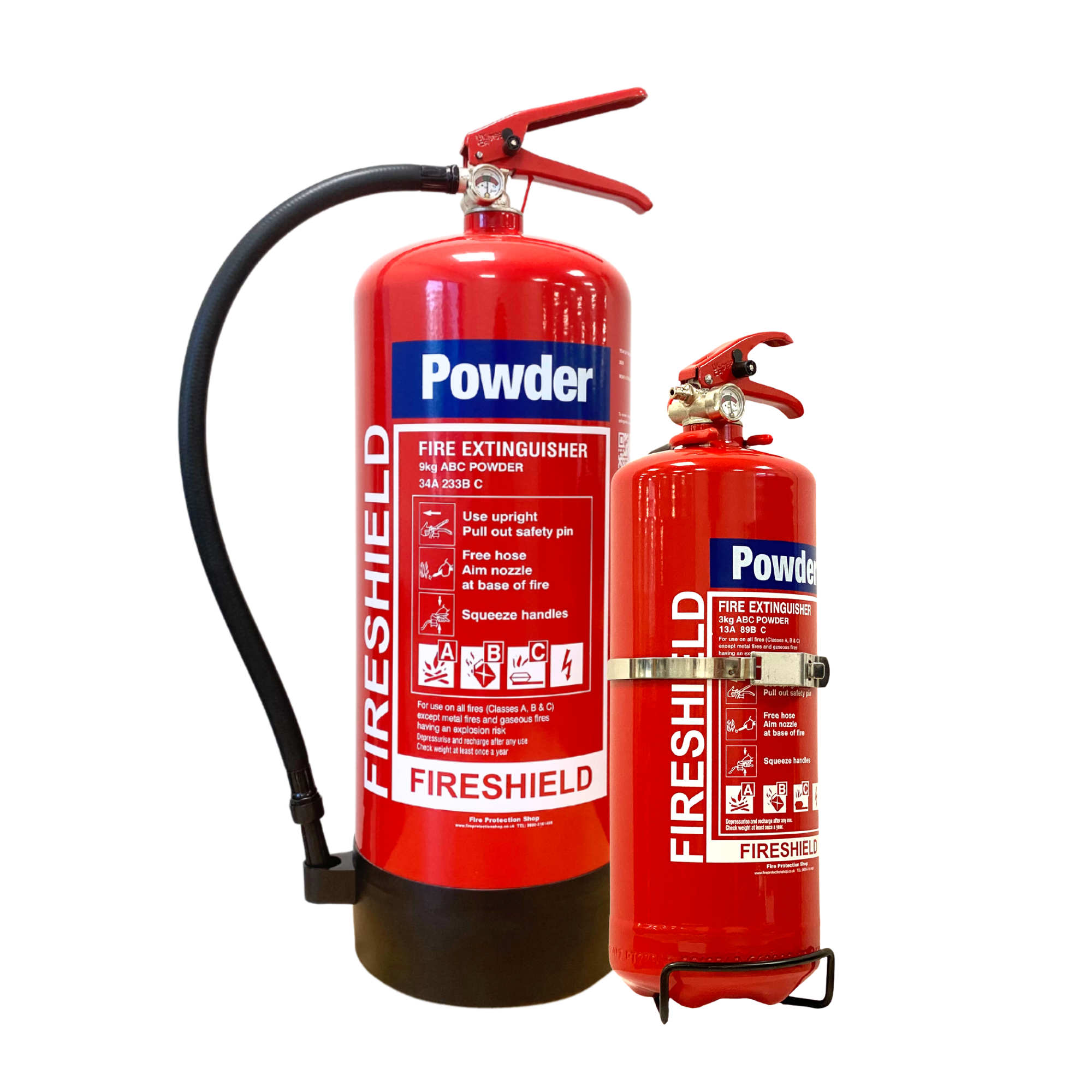
ex vat
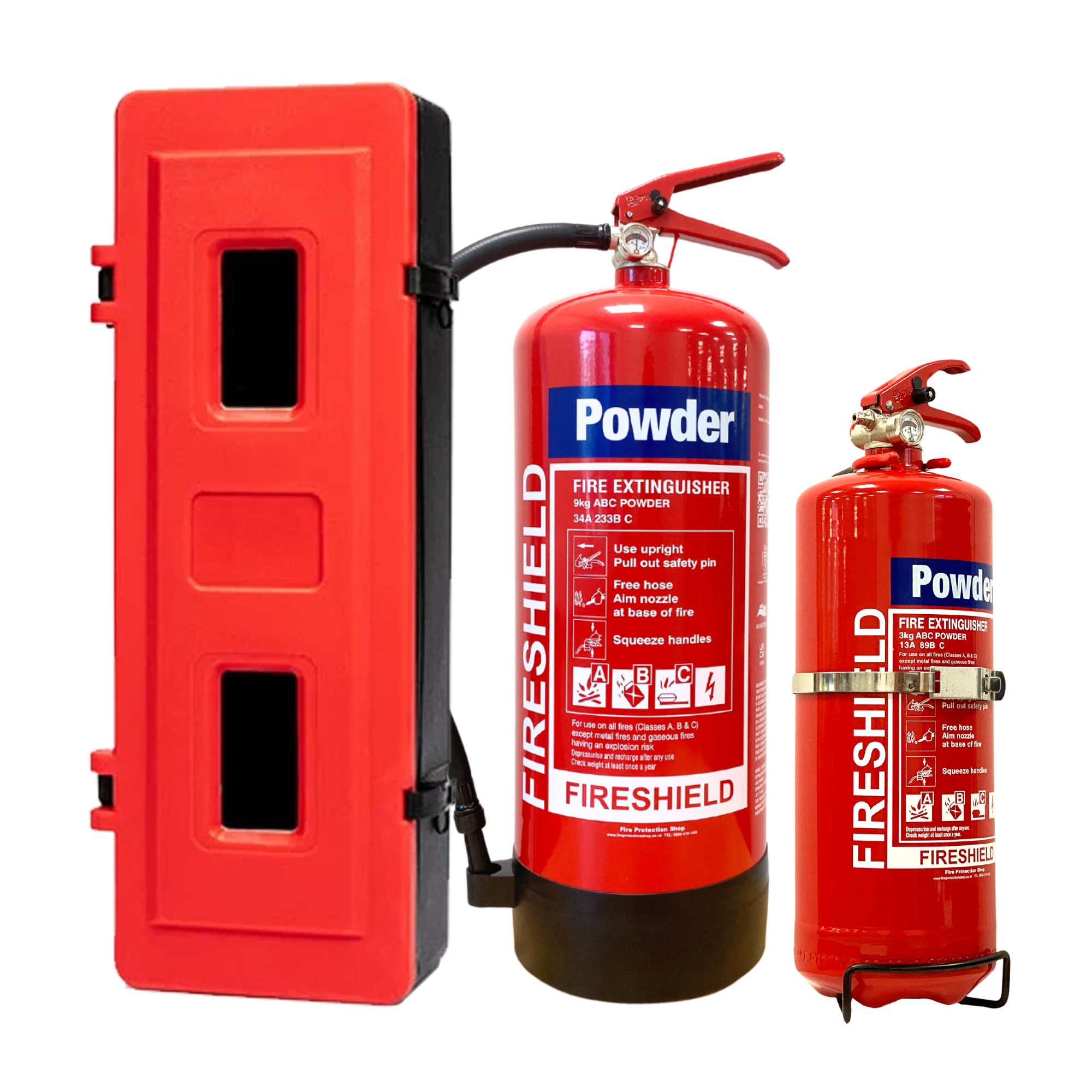
ex vat
.png)
ex vat
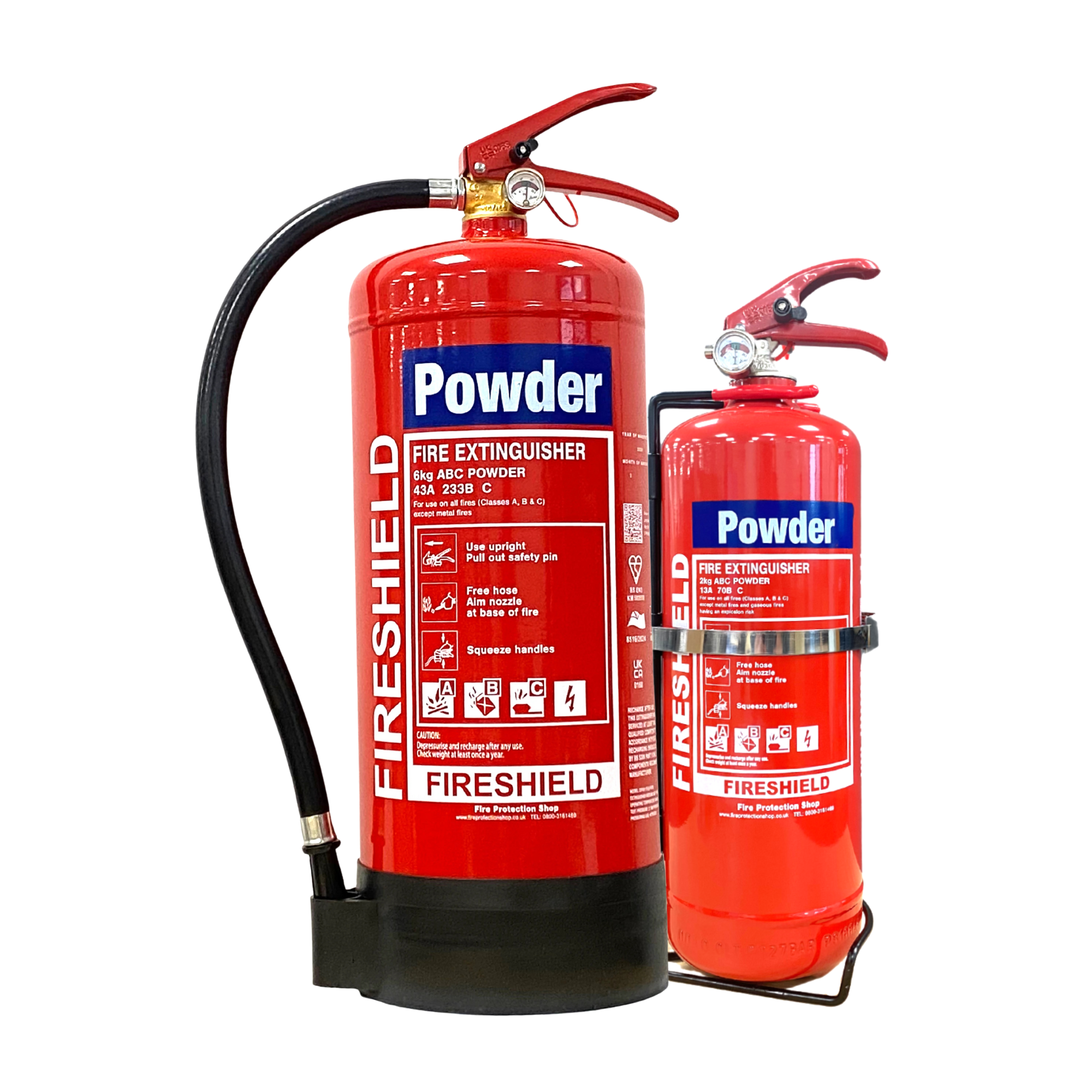
ex vat
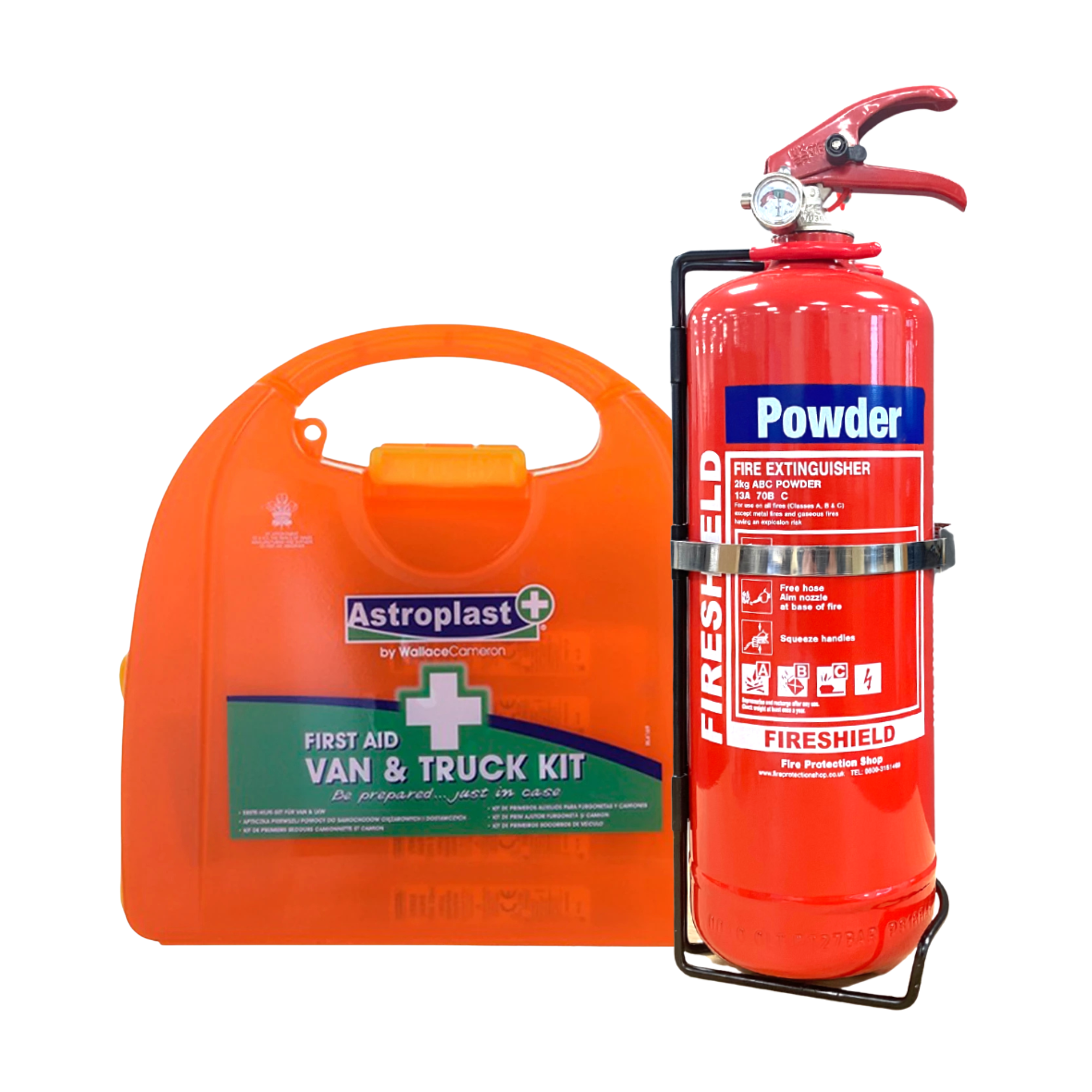
ex vat

In the UK, while not legally mandatory, it's strongly recommended to equip your caravan with a fire extinguisher for safety.
The Caravan and Motorhome Club advises that all caravans should carry a fire extinguisher meeting British Standards.
The recommended extinguisher is a 2kg dry powder fire extinguisher, suitable for tackling Class A, B, and C fires. However, be cautious using these in small spaces as they can cause asphyxiation. You can tackle flammable solids and liquids with a non-PFAS envioFoam fire extinguisher.

ex vat

ex vat

ex vat

ex vat
.png)
ex vat
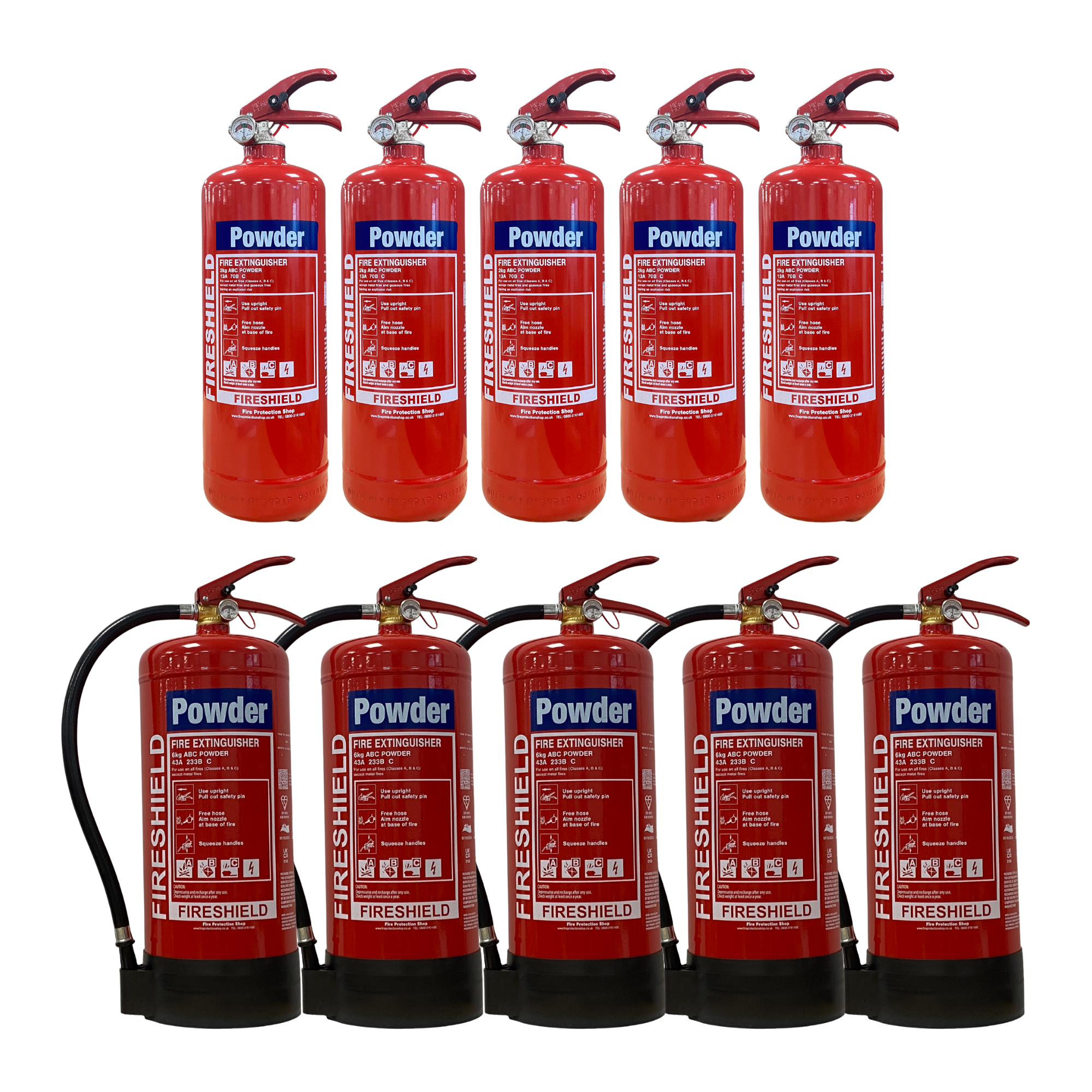
ex vat
Store the fire extinguisher in an easily accessible place like the front passenger seat footwell or in the glove compartment.
Ensure it’s secured to prevent shifting during driving, potentially obstructing pedals or becoming a hazard.
The fire extinguisher should be mounted in an easily accessible location, typically within arm’s reach of the driver.
It must be secured properly to prevent movement and avoid injury during sudden stops.
Store the fire extinguisher in an easily accessible location, such as inside the cab or in the vehicle’s storage compartment.
It should be mounted securely, ensuring it doesn't move around while driving.
Ensure it is placed where it can be quickly accessed in the event of a fire, such as near the driver’s seat.
Fire extinguishers on buses should be placed near exits or in other easily accessible areas for both the driver and passengers.
Secure the extinguisher in a holder or cabinet that is clearly marked for easy identification.
Train fire extinguishers are typically mounted in designated compartments or near exits.
They must be easily accessible and secured properly to ensure they can be retrieved quickly in an emergency.
Store the fire extinguisher in a dry, easily accessible location, preferably close to the door for quick access.
Ensure it is mounted securely to avoid it moving around while travelling.
We use cookies to enhance your site experience. Choose your preferences below.
